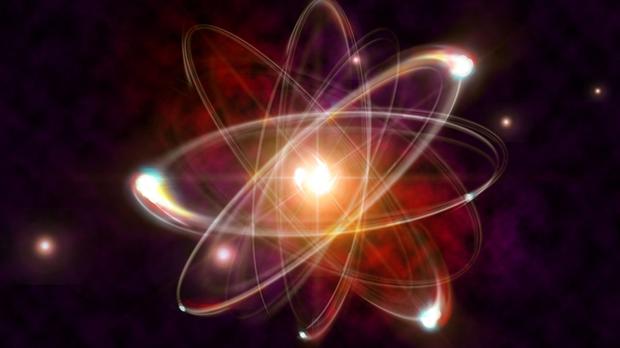 A team of researchers from the Freie Universität in Berlin has managed to develop a method based on Artificial Intelligence to solve the ground state of the Schrödinger equation in quantum chemistry. The goal of quantum chemistry is to predict the chemical and physical properties of molecules based solely on the arrangement of their atoms in space, which avoids having to do expensive and time-consuming laboratory experiments that consume a lot of resources.
A team of researchers from the Freie Universität in Berlin has managed to develop a method based on Artificial Intelligence to solve the ground state of the Schrödinger equation in quantum chemistry. The goal of quantum chemistry is to predict the chemical and physical properties of molecules based solely on the arrangement of their atoms in space, which avoids having to do expensive and time-consuming laboratory experiments that consume a lot of resources.
In theory, this would only be possible by solving the Schrödinger equation, something that in practice is extremely difficult.
Until now, in fact, it had been impossible to find an exact solution of the equation to apply it to the study and development of molecules, since the necessary calculations are so complicated that it is often not practical to address them.
But researchers at the Freie Universität have approached the problem from a completely different point of view, developing a deep learning method that has proven capable of achieving an unprecedented combination of precision and computational efficiency. "We believe that our approach," says Frank Noé, director of the study, "can have a significant impact on the future of quantum chemistry." The results of the work have just been published in “Nature Chemistry”.
The elusive wave function
Both quantum chemistry and the Schrödinger equation, formulated in 1925 by Austrian physicist Erwin Schrödinger, are based on a fundamental parameter called the “wave function,” a mathematical object that specifies how electrons behave within a molecule.
The wave function, however, depends on a large number of variables, making it extremely difficult to capture each and every nuance that determines how exactly each individual electron interacts with all the others in the molecule. In fact, many methods for studying quantum chemistry dispense with the wave function altogether and instead settle for determining the total amount of energy in a given molecule. Which translates into inaccurate results and approximations that limit the prediction capacity of these methods.
Other techniques, on the other hand, represent the complexities of the wave function using an immense number of simple mathematical "bricks", but such methods are so complex that they are impossible to implement for more than a simple handful of atoms.
«Escaping the usual balance between precision and computational cost – explains Jan Hermann, co-author of the research – is the greatest achievement of quantum chemistry. "We believe that the Quantum Monte Carlo method, the approach we propose, could be as successful, if not more so, than the most popular methods, because it offers unprecedented precision at a computational cost that is still acceptable."
A new approach
The deep neural network designed by Noé's team is, in fact, a way to represent the wave functions of electrons. "Instead of the standard approach of composing the wave function from relatively simple mathematical components," explains the researcher, "we designed an artificial neural network capable of learning the complex patterns of how electrons are located around nuclei."
"A peculiar characteristic of electronic wave functions," adds Hermann, "is their antisymmetry. When two electrons are exchanged, the wave function must change sign. “We had to build this property into the neural network architecture for the approach to work.” This feature, known as the “Pauli exclusion principle,” is why the scientists named their method “PauliNet.”
In addition to the Pauli exclusion principle, electronic wavefunctions also have other fundamental physical properties, and much of the innovative success of PauliNet is that it integrates these properties into the deep neural network. “Bringing fundamental physics into AI is essential to its ability to make meaningful predictions,” says Noé. “This is really where scientists can make a substantial contribution to AI, and that is exactly what my group is focused on.”
Of course, there are still many challenges to overcome before Hermann and Noé's method is ready for industrial application. “This remains fundamental research,” the authors write, “but it is a new approach to an old problem in molecular and materials sciences, and we are excited about the possibilities it opens up.”
